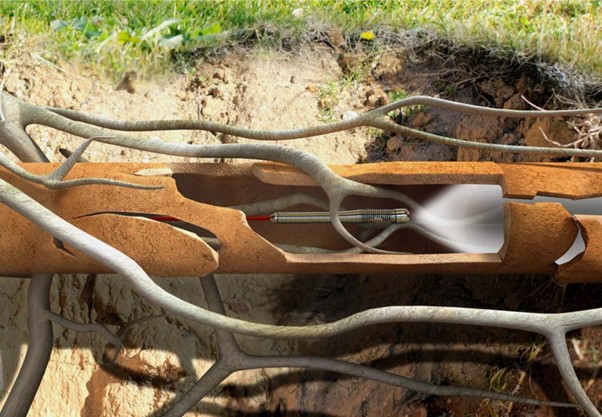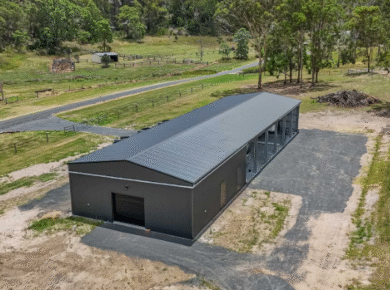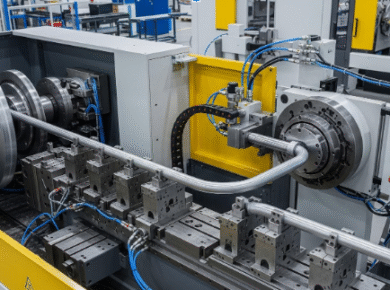Introduction
Are you preparing to embark on a home improvement project that involves drain relining? Is your space plagued by blocked or damaged drains, and you’re pondering whether drain relining might be the long-lasting solution it promises to be? Or perhaps you’re just starting to research possible methods to resolve persistent plumbing problems, and you’ve stumbled upon drain relining? Whatever your situation, taking on a drain relining project requires careful thought and planning, and you’re in the right place to start on that journey.
In this comprehensive post, we’ll provide valuable insight into the world of drain relining, ensuring you have all the necessary knowledge to make an informed decision. This guide is designed to unravel the complex aspects of drain relining while providing practical tips that are easy to comprehend.
We will delve into the essential factors that you must consider before starting your project, answering key questions such as ‘Why?’, ‘What?’, and ‘When?’. You’ll also get acquainted with the pros and cons and important details that often go under the radar. You’ll wrap up your reading feeling more confident to embark on your drain relining project or choose an alternative solution that better fits your situation.
Understanding Drain Relining
Before we dive into the specific considerations for your potential project, it’s essential to grasp the ‘What?’ of the matter – What is drain relining, anyway?
Drain relining, also known as cured-in-place-pipe (CIPP) lining, provides a way to repair old, damaged, or leaky pipes without needing to dig and replace them. This method entails inserting a lining into your damaged drain that will harden and form a pipe within a pipe – all without the mess and expense of traditional drain repair methods.
The process is non-intrusive, sustainable, and often more cost-effective in the long run. However, while this may sound like a fail-proof solution, it’s crucial to ensure this method suits your exact issue, budget, and property.
Why Opt for Drain Relining
Next in line is the ‘Why?’ – Why should you choose drain relining over other drain repair methods?
Drain relining boasts several advantages over traditional methods of drain repair. Unlike traditional methods, the drain relining process is quick and, in most cases, can be done in a day. Furthermore, it’s less disruptive and does not involve excavating your landscape or flooring.
Lastly, drain relining can efficiently address multiple issues, such as tree root intrusion, cracks, and leaks. Still, it’s worth noting that every situation is unique and may require a professional assessment.
Identifying When Drain Relining is Necessary
The timing of a drain relining project is crucial. Thus, it’s important to answer ‘When?’ – When is drain relining necessary?
While drain relining is a powerful tool, it’s not always the solution. Multiple factors can influence its effectiveness, such as the type, age, and condition of your pipes. Moreover, if the pipe is severely damaged or collapsed, relining may not be an option.
Hence, timing, as well as understanding your specific plumbing problem, is key to deciding whether to proceed with a drain relining project.
The Costs of Drain Relining
Financing a drain relining project is a significant consideration, too. It’s critical to consider the projected costs, understand budget constraints, and weigh them against potential disruption and long-term value.
The Pros and Cons of Drain Relining
Every home improvement project has its pluses and minuses. It’s vital to fully apprehend the pros and cons of drain relining, such as its longevity and cost-effectiveness versus factors like upfront costs and possible limitations.
The Role of Professionals in Drain Relining
Engaging professionals who possess the requisite skills, experience, and equipment is a non-negotiable part of a successful drain relining project.
Conclusion
We’ve covered a comprehensive range of considerations for your drain relining project – from understanding what drain relining comprises, evaluating its necessity, weighing costs, exploring pros and cons, to highlighting the importance of having qualified professionals at the helm.
Remember, decision-making should involve logical assessment coupled with professional advice. You are now equipped with the knowledge to take strategic steps towards improving the health of your drains, irrespective of whether it eventually involves drain relining or another effective solution. Consider this guide a stepping-stone towards a successful home improvement journey. A drain relining project, when undertaken wisely, can guarantee smoother plumbing operations, enhancing overall comfort and convenience at your abode.










